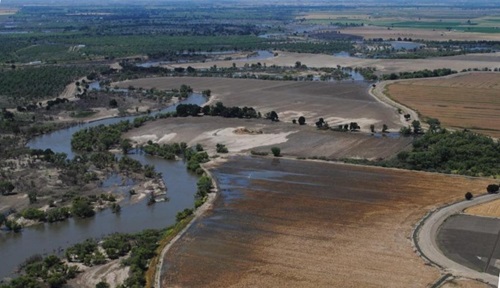Conservation Strategy

The CVFPP Conservation Strategy multi-benefit approach to project planning is a commitment to innovative, sustainable flood management to ensure a lasting flood protection system and a functioning riverine ecosystem for future generations.
The conservation efforts outlined in the Central Valley Flood Protection Plan (CVFPP) aim to enhance the ecological health and sustainability of the State Plan of Flood Control (SPFC) while addressing both environmental and societal needs. The plan focuses on restoring and improving ecosystem features—specifically riverine, aquatic, wetland, and riparian ecosystems—within the flood system. These habitats are essential for supporting native species, some of which are threatened or endangered, and fostering biodiversity across the region.
The CVFPP incorporates multi-benefit flood management projects and actions that not only reduce flood risks but also enhance ecosystems and deliver broader societal benefits. These management actions support agricultural productivity, improve water quality, and bolster water supply reliability. They also promote groundwater recharge – critical for long-term water sustainability – and enhance aquatic habitats that sustain commercial fisheries. Additionally, they expand public access to recreation and environmental education, fostering stronger connections between communities and their natural surroundings.
These conservation efforts are a central component of the CVFPP and have been captured over the years through the 2012 Conservation Framework, 2016 Conservation Strategy, and 2022 Conservation Strategy Update. These documents provide a scientifically based structured approach for floodplain managers to develop and implement these multi-benefit projects. They also guide interested parties in managing floodplains and waterways in a way that integrates flood protection with environmental restoration.
Ultimately, the conservation work within the CVFPP reflects a holistic, sustainable approach to flood management, where flood protection, habitat restoration, and public benefits go hand-in-hand. The plan seeks to create a resilient flood system that protects people, supports healthy ecosystems, and meets the needs of diverse parties.
